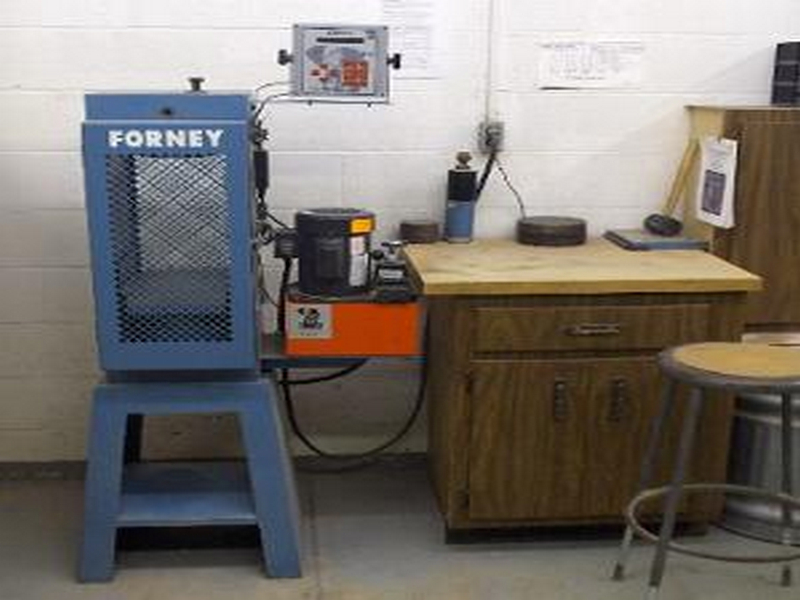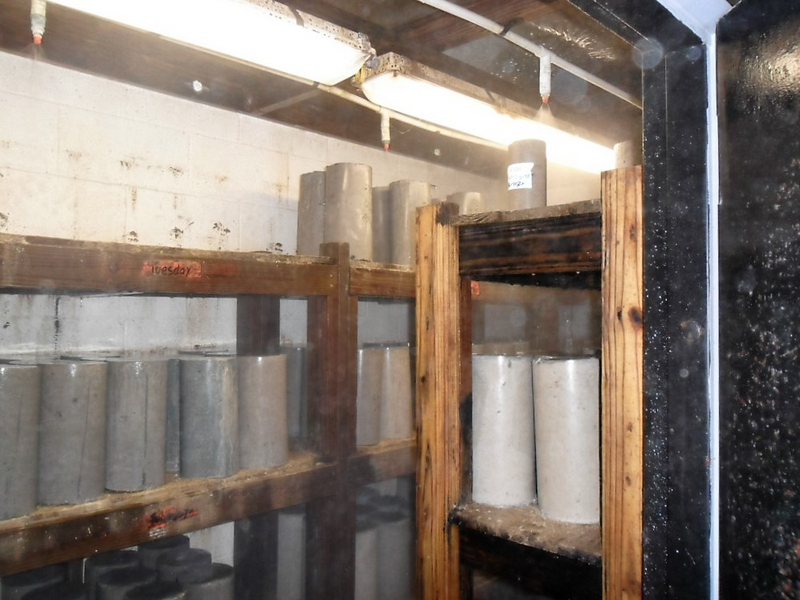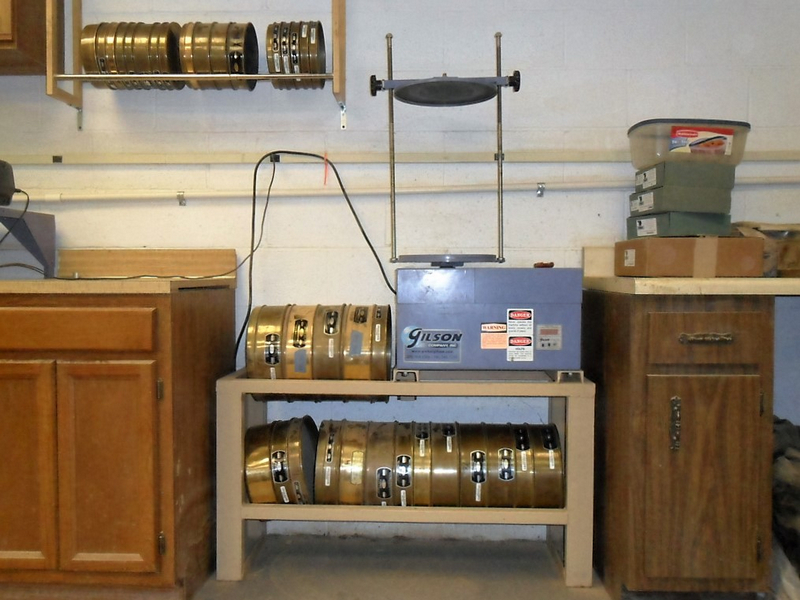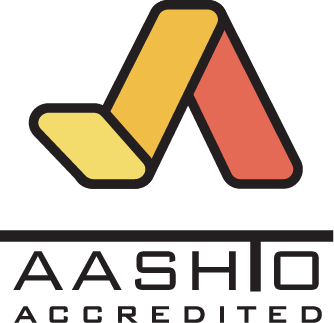
Soils & Material Laboratory Services
Our in-house laboratory facility's equipment meets the standards of excellence required to generate clear and accurate test results, with faster turnaround time.

Available In-House Laboratory Concrete & Aggregate Testing
- ASTM C39-24 Testing Compressive Strength of Concrete
- Standard Test Methods for Compressive Strength of Molded Soil-Cement Cylinders
- ASTM C117-23 Standard Test Method for Materials Finer than 75-μm (No. 200) Sieve in Mineral Aggregates by Washing
- ASTM C136/C136M-19 Standard Test Method for Sieve Analysis of Fine and Coarse Aggregates
- ASTM C127-24 Standard Test Method for Relative Density (Specific Gravity) and Absorption of Coarse Aggregate
- ASTM C566-19 Standard Test Method for Total Evaporable Moisture Content of Aggregate by Drying
Along with Many Outsourced Testing From:
Since moving into our current office, the added space has allowed us to develop an in-house soils and construction materials testing laboratory. The ability to store and test soils and construction materials at our facility, in lieu of using a third party laboratory, has greatly decreased the turnaround time for obtaining and reporting test results while reducing the overall cost of these services. We are currently equipped with a walk-in cure room for storing concrete, mortar and grout samples. We also have several lime-water submersion tanks to accommodate compressive strength specimens when necessary. We utilize a Forney, digital readout compression machine to verify the compressive strength of concrete, mortar and grout samples. PS&R is accredited by the ASHTO Accreditation Program. Please click the link to view our certificate of accreditation and the scope of testing standards for which we are accredited. Available In-House Laboratory Soil Testing
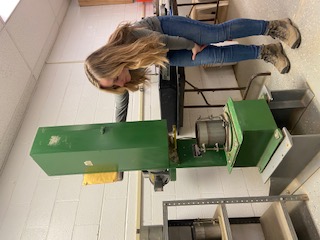
Team
CHECK out OUR TEAM

Madison Schaefer
Laboratory Manager

